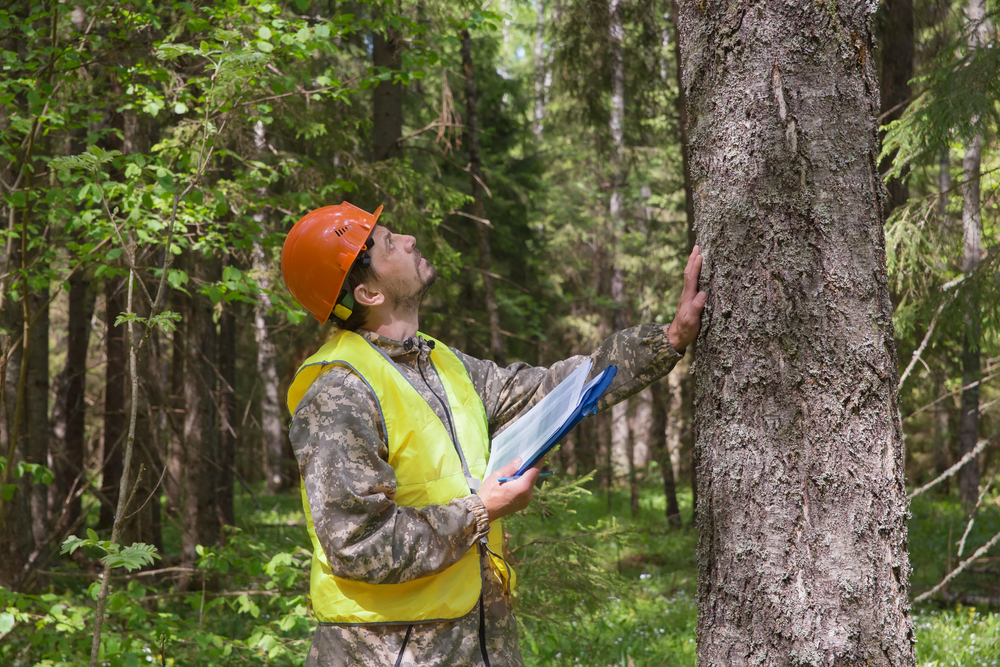
Tree Maintenance Inspection: Key Factors to Keep Your Trees Healthy and Safe
Trees are valuable assets to any property. They enhance the aesthetic appeal of your landscape, provide shade, and contribute to a healthier environment. Like any living organism, trees require proper care and maintenance to thrive and stay fit. Regular tree maintenance inspections can help identify potential risks, detect diseases, and prevent further damage. This article will discuss the critical factors in a tree maintenance inspection, including pruning, tree health, disease management, and more.
Tree Pruning and Trimming
Tree pruning and trimming are essential components of tree maintenance inspections. Pruning involves removing dead, diseased, or broken branches to prevent them from falling and causing damage. Trimming consists in shaping the tree for aesthetic purposes and maintaining its health. A professional arborist is the best person to handle tree pruning and trimming tasks. An arborist is a trained professional who understands tree biology and can safely and effectively prune your trees. If your your looking for a top notch tree trimming company then look no further than Pelfrey Tree, they will make sure your trees are looking and feeling great!
Tree Care
Tree care is critical to maintaining the health and beauty of your trees. Proper care involves providing nutrients, water, and sunlight to ensure optimal growth. A tree care specialist can help assess the health of your trees and determine what care is needed. Tree care may involve fertilization, mulching, and watering, depending on the tree’s specific needs.
Tree Health
Tree health is a vital factor in a tree maintenance inspection. A healthy tree is less susceptible to disease, pests, and damage. Signs of poor tree health may include wilted or discolored leaves, dead branches, or fungal growth. Regular tree maintenance inspections can help detect these signs and prevent further damage.
Tree Removal
Tree removal is sometimes necessary to prevent property damage or injury. A professional arborist should handle tree removal to ensure safety and avoid damage to surrounding structures. An arborist can advise you on the best action if a tree is diseased or damaged beyond repair. Some companies even provide Tree Debris Collection, HERE is an article explaining the ins and outs of what you need to do to get your tree debris collected for possibly free.
Pest Management
Pest management is an essential aspect of tree maintenance inspections. Pests can damage trees and cause significant harm. Regular reviews can help identify pest infestations and prevent further damage. A tree care specialist can advise how to prevent pests from infesting your trees.
Branch Management
Branch management is an essential component of tree maintenance inspections. Overgrown or weak branches can pose a significant risk of falling and causing damage. Regular pruning and trimming can help prevent this risk and maintain the tree’s structural integrity.
Tree Risk Assessment
A tree risk assessment evaluates the likelihood of a tree causing property damage or injury. A risk assessment considers tree age, location, species, and overall health. A professional arborist can perform a tree risk assessment and advise on minimizing the risks associated with your trees.
Tree Root Health
Tree root health is critical to maintaining the overall health of the tree. Roots provide essential nutrients and water to the tree and help anchor it to the ground. Signs of poor root health may include wilted leaves or stunted growth. A tree care specialist can help assess root health and recommend the best action.
Tree Surgery
Tree surgery involves more complex tree maintenance tasks such as crown reduction or tree removal. Tree surgery should only be performed by a qualified professional as it involves working at height and handling dangerous tools.
Canopy Management
Canopy management involves maintaining the shape and size of the tree canopy. This task is crucial to ensure the tree does not interfere with surrounding structures or obstruct views. Regular pruning and trimming can help manage the tree canopy and maintain its health.
Tree Planting
Tree planting is an essential aspect of tree maintenance. Planting trees in the right location and using the proper techniques can help ensure optimal growth and health. A professional arborist can help determine the best species of tree to plant, considering factors such as soil type, climate, and location.
Tree Disease Management
Tree diseases can cause significant damage to trees and should be addressed promptly. Signs of tree disease may include discoloration, dead branches, or fungal growth. A tree care specialist can help identify the disease and recommend the appropriate treatment, including pruning, fertilization, or other methods.
Tree Maintenance Schedule
A tree maintenance schedule outlines the recommended frequency of tree maintenance tasks. Regular maintenance can help prevent potential risks and maintain your trees’ overall health and beauty. A tree maintenance schedule may include pruning and trimming, pest management, disease management, and root health assessments.
In conclusion, a tree maintenance inspection is crucial to maintaining the health and safety of your trees. The examination should consider critical factors such as pruning, tree health, disease management, and pest control. A professional arborist can provide expert advice on maintaining your trees and ensuring their optimal growth and health. With proper maintenance, your trees can provide your landscape with many years of enjoyment and beauty.


